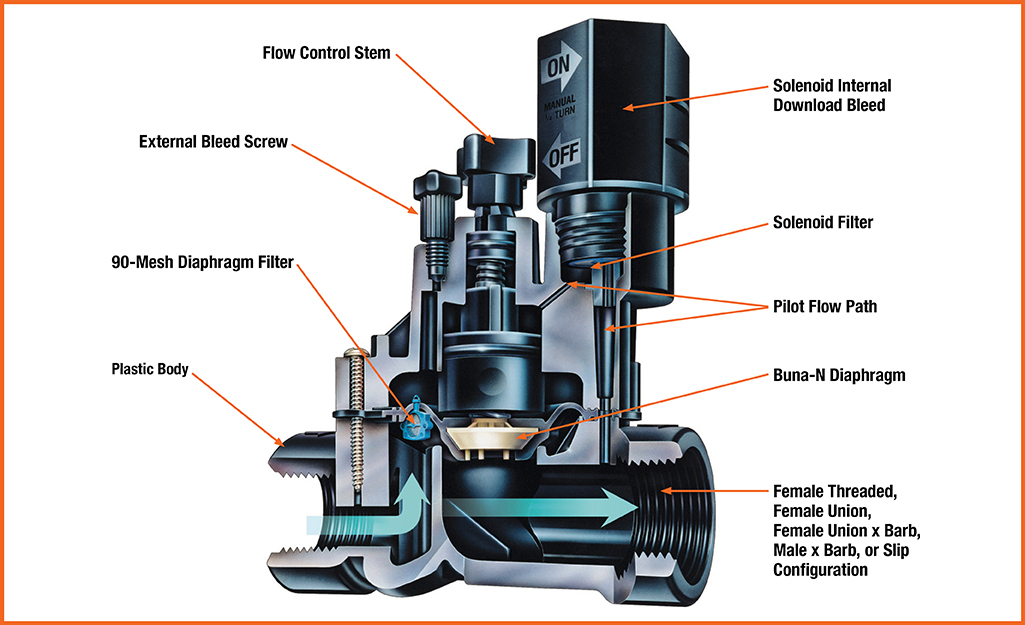Unveiling the Power of Steel Beams: A Comprehensive Handbook
In the realm of construction, steel beams stand as the bedrock of strength and resilience, essential for supporting structures and enhancing architectural marvels. This comprehensive handbook aims to decode the complexities surrounding steel beams, offering insights and solutions to grasp their significance and application in various industries.

What makes steel beams an optimal choice in construction?
Steel beams boast an array of advantages, cementing their status as a preferred material in construction projects:
- Strength and Resilience: With unparalleled strength, steel beams uphold heavy loads while maintaining structural integrity, enduring extreme environmental conditions with ease.
- Adaptability: Available in diverse shapes and sizes, steel beams offer flexibility in design and construction, tailoring solutions to meet specific project needs with precision.
- Cost Efficiency: Despite initial investment, the long term benefits of steel beams overshadow alternatives, requiring minimal maintenance and boasting extended lifespans.
- Environmental Friendliness: Being recyclable, steel beams contribute to sustainable building practices, minimizing waste and conserving natural resources.
How are steel beams crafted?
Steel beams undergo a meticulous manufacturing process, primarily through hot rolling. This involves heating steel billets to high temperatures and shaping them through rollers into desired profiles like I beams, H beams, or U channels, ensuring uniformity and strength. Further treatments such as galvanization or painting enhance corrosion resistance and aesthetics.
What roles do steel beams play in construction?
Steel beams serve as linchpins across various construction domains:
- Architectural Construction: Crucial for erecting commercial buildings, residential complexes, and industrial facilities, steel beams provide robust support, enabling expansive interiors and innovative designs.
- Infrastructure Development: Integral to infrastructure projects like highways, railways, and airports, steel beams fortify bridges, tunnels, and retaining walls, guaranteeing safety and longevity.
- Industrial Facilities: Foundational in manufacturing plants and warehouses, steel beams bolster heavy machinery and storage systems, optimizing operational efficiency.
How do steel beams fare against other materials?
In comparison to alternatives like wood or concrete, steel beams outshine in several aspects:
- Strength: With a superior strength to weight ratio, steel beams enable lighter yet efficient designs.
- Durability: Resistant to rot, mold, termites, and fire, steel beams offer longevity and corrosion resistance.
- Construction Efficiency: Prefabricated off site, steel beams expedite on site assembly, slashing construction time and labor costs.
- Design Flexibility: Allowing for intricate architectural designs, steel beams unleash creativity beyond the constraints of other materials.
Steel beams remain indispensable in construction, embodying unmatched strength, durability, and adaptability. From towering skyscrapers to intricate bridges, their presence shapes our built environment. Armed with insights into their benefits, manufacturing processes, applications, and comparative advantages, construction professionals can navigate projects with confidence, ensuring success and sustainability. Incorporating geosynthetic materials further fortifies steel beam structures, safeguarding long term performance and environmental stewardship.




